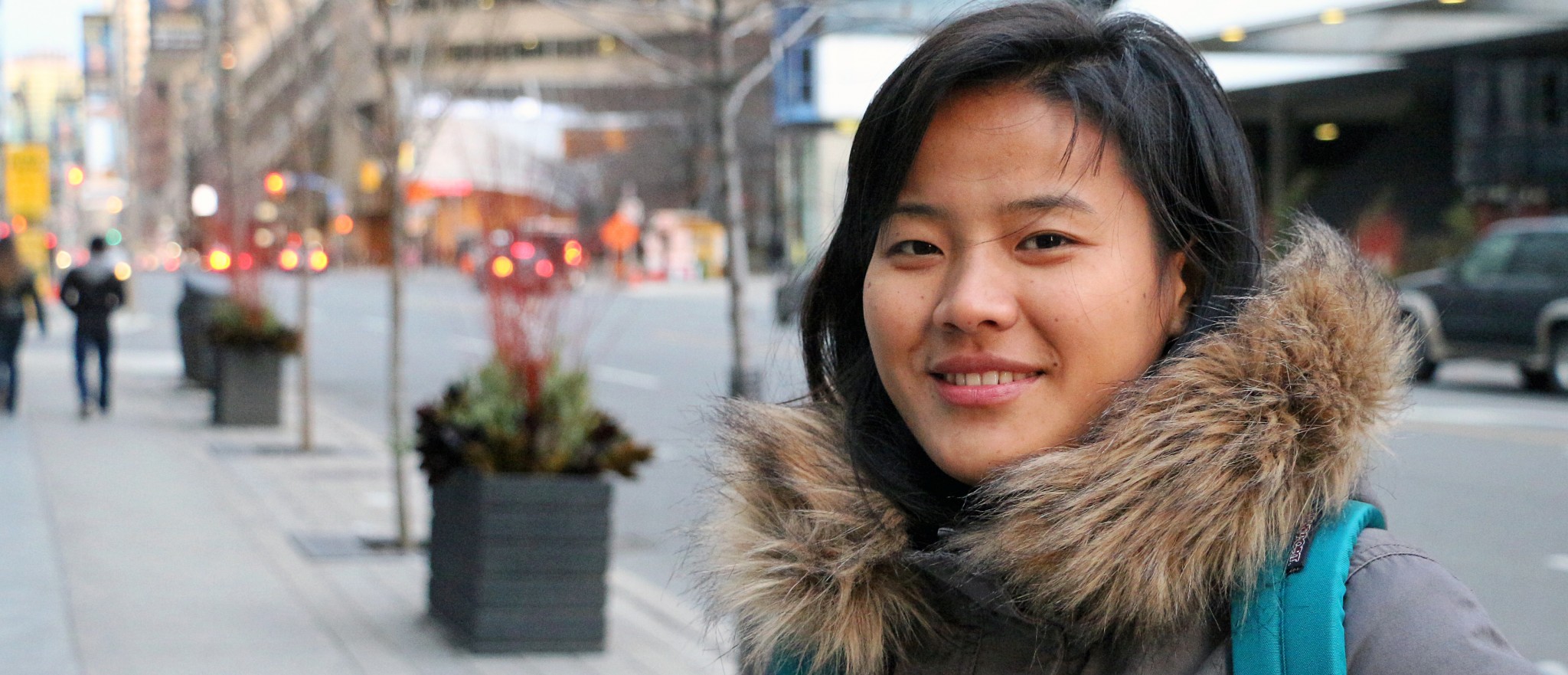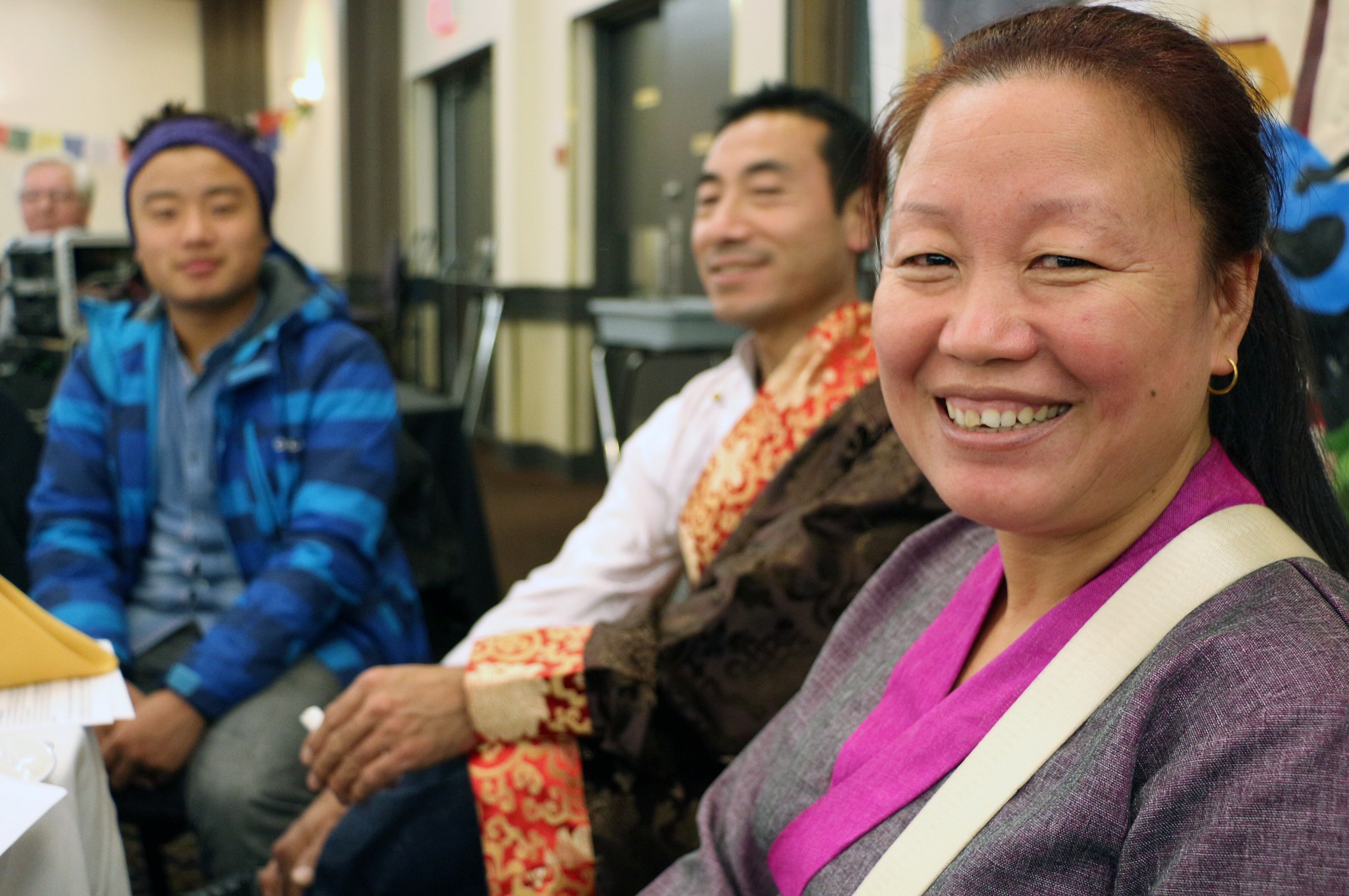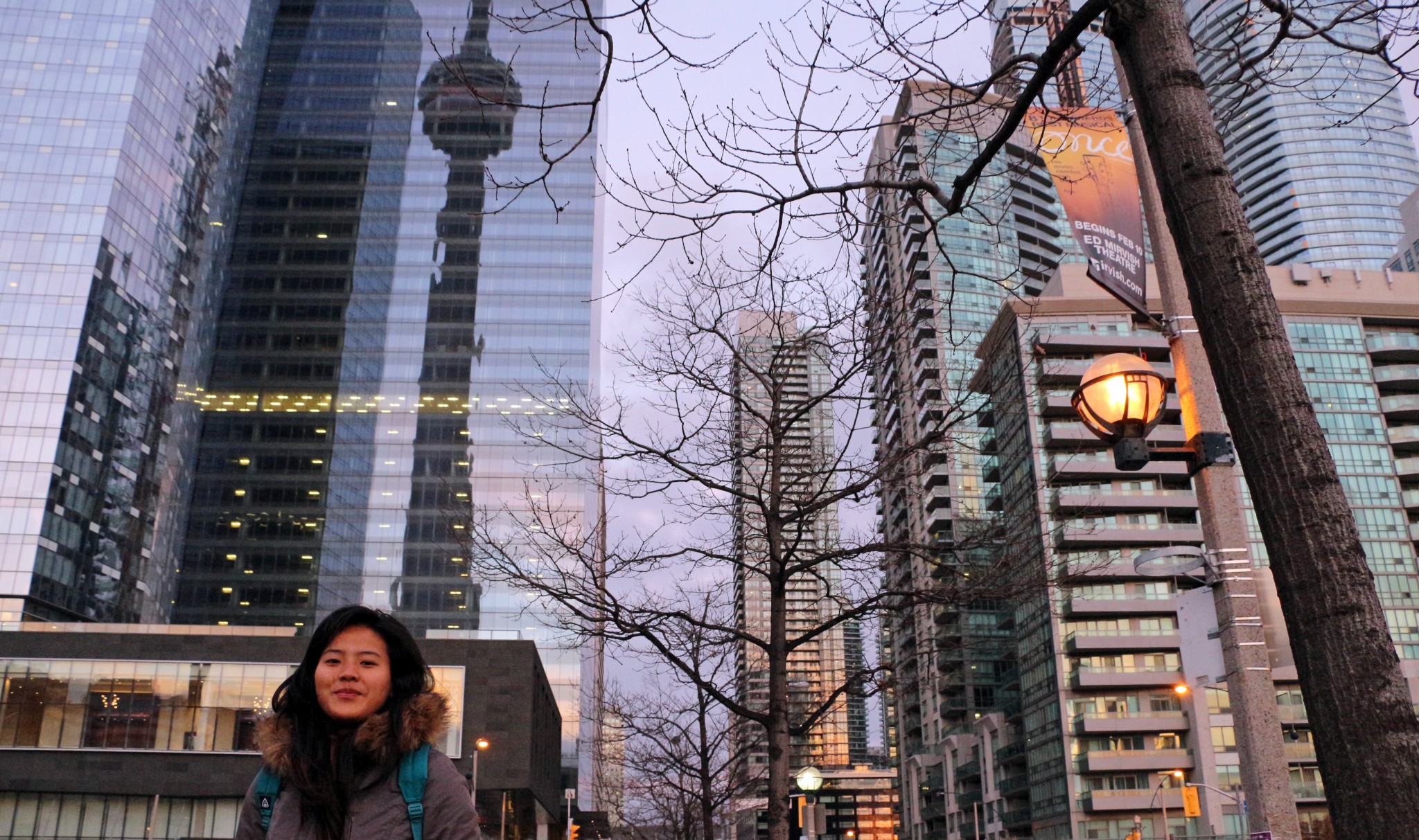
A model for others
In January 2015, about a month after she arrived in Toronto, Dolma got a job working at a salad bar chopping vegetables. She left the reception home before her three months were up and moved to an apartment in the Lakeshore district with her cousin and a couple other friends. Technically, Dolma is a success story for the project.
“I joke about it sometimes saying if we’re actually successful it might do more harm just for the fact that it might tell the government mistakenly that these projects don’t need money,” said the president of Project Tibet Society, Nima Dorjee.
The cost of supporting each refugee in Ottawa ended up being only about $1,000 per person, as opposed to $15,000 as von Baeyer had anticipated. This is mainly because they’re self sufficient within three months, von Baeyer said. “They’re contributing from their own resources, they’re helping each other,” he said.
Dorjee, who lives in Calgary and sees the process there said the cost of supporting a newcomer is about $1,500 for three months and then they’re looking after themselves. It took Dorjee two years to develop the model for the Tibetan resettlement project that brings the costs down to a minimum by finding dedicated volunteers who help fundraise and collect in-kind donations, and by getting the local Tibetan communities and immigration services to assist.
Project Tibet Society is keeping track of the newcomers once they arrive. By January 2015, 315 of the 1,000 were in Canada. Dorjee estimated that over 95 per cent of those brought here were employed and financially self reliant within three months.
The Canadian government has noticed how well the Tibetan community has come together to create a low-cost community run resettlement project – without anyone relying on social assistance. When asked if this could be a model for other groups, Conservative MP Bernard Trottier was doubtful.
“It would be nice. It’s a very tightknit community for linguistic, cultural, and religious reasons, so they really look out for each other. It’s not always possible. It’s not like all communities are as tightknit as this one,” but Trottier added, “I think it’s something we should look at in immigration.”
With about a year left before the deadline to bring everyone over ends, no one seems worried that all 1,000 people will arrive in time but the pressure to accommodate them is consuming the volunteers’ lives. The space between arrivals will be shorter, and they will have less employable skills than Dolma or Namgyal. What glues this whole project together is the unconditional support they offer each other, which they learnt through the values taught to them by their parents, their Buddhist culture and by the Dalai Lama who blessed their journey to Canada.
The question is whether other groups could learn from the Tibetan resettlement project. In January 2015, Minister of Citizenship and Immigration Chris Alexander said Canada would take 10,000 Syrian refugees over the next three years. But the government once again is offloading the majority of the work onto private organizations, like churches and charity groups.
“Due to its overwhelming success, this program has become a fundamental part of Canada’s refugee resettlement program,” says CIC spokesperson Bill Brown. “We welcome the generosity of all groups supporting refugees in Canada in the effort to resettle an additional 10,000 Syrian refugees in the next three years, and we are well on track to do this.”
Project Tibet Society spent two years organizing a program to bring 1,000 Tibetans over in three years and relied on local communities to offer their compassion, time, and money to help them get on their feet. Now, the government hopes that private sponsors can resettle approximately 6,000 Syrian refugees in only three years. After exploring the journey of Tibetans coming from India, it’s clear how complex resettlement is and how – without government assistance – the unity within the Tibetan community has been integral in the journey to find a new home in Canada.
Credits
Story and visuals by SHANNON LOUGH
Carleton University 2015




